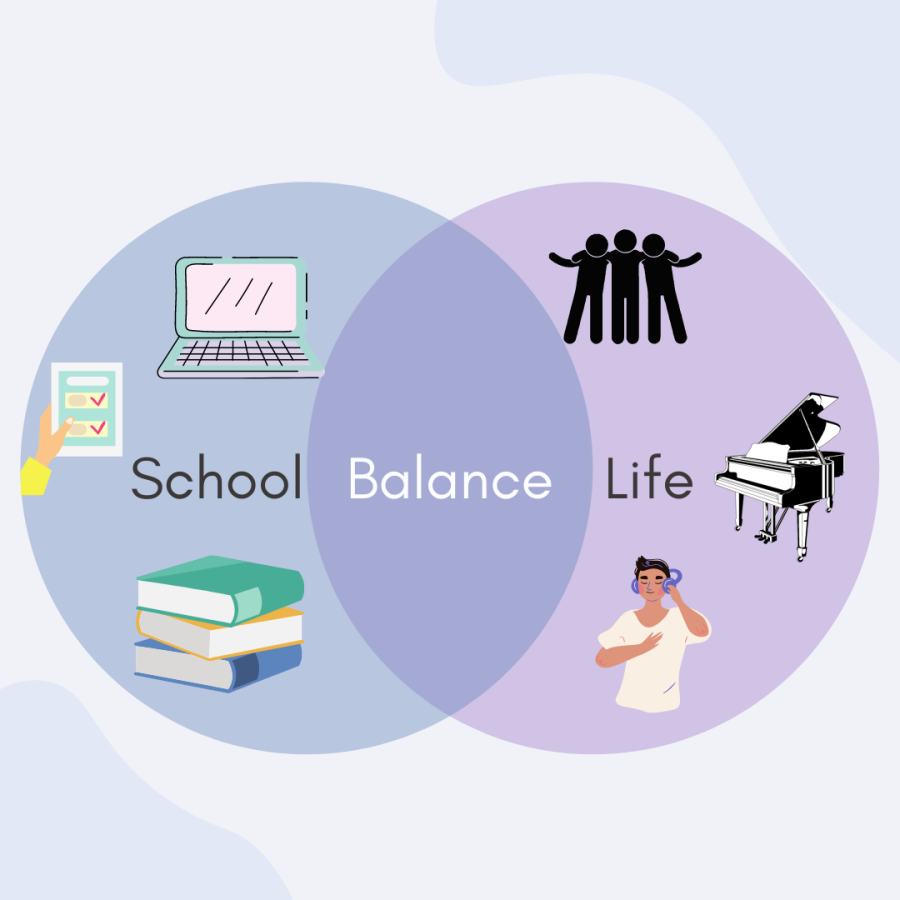US Severe Weather Outbreaks
April 1, 2022
2022 has already been a very active year, with multiple systems threatening several states across the United States with severe weather, which includes the chance for devastating tornadoes. Unfortunately, the severe weather season is just getting started.
Last week, a dangerous low pressure system was formed that brought multiple rounds of strong to severe storms across the Deep South and the Gulf Coast. So far, at least 50 tornadoes have been confirmed by meteorologists who work for the National Weather Service.
Tornadoes are given their rating by using the EF (Enhanced Fujita) Scale which takes into account the extent of the damage produced by the tornado and then is used to determine the maximum wind speed possible. The scale is as follows:
EF0 – Winds 65-85 MPH; light damage
EF1 – Winds 86 – 110 MPH; moderate damage
EF2 – Winds 111 – 135 MPH; considerable damage
EF3 – Winds 136 – 165 MPH; severe damage
EF4 – Winds 166 – 200 MPH; devastating damage
EF5 – Winds 200 + MPH; incredible damage
Thankfully, while sometimes we do get severe storms here in South Carolina, 99% of the time they are not as dangerous as they are in the Deep South as well as the Gulf Coast
The main reason that the Gulf Coast gets so much severe weather is because when a low pressure system starts forming, there is a change in wind direction and that draws a lot of warm, moist and unstable air northward into the atmosphere from the Gulf of Mexico Whenever there is a good amount of warm and unstable atmosphere, that is when thunderstorms form. Depending on how much energy or CAPE (Convective Available Potential Energy) is in the atmosphere, thunderstorms turn “severe.”
In order for a storm to be classified as “severe”, the storm itself has to be producing hail at least one inch or greater in diameter as well as winds that are equal to or greater than 58 MPH. Thankfully, if there is any unstable air or energy in the atmosphere that could make storms turn “severe,” that unstable air or energy will quickly be disintegrated due to the seabreeze that comes off the Atlantic Ocean!
Severe weather is very dangerous whether you are talking about heavy rain, damaging winds, large hail or tornadoes. Storm can turn “severe” very quickly and without warning. Remember to always be prepared and have a plan in place for when severe weather strikes!




































